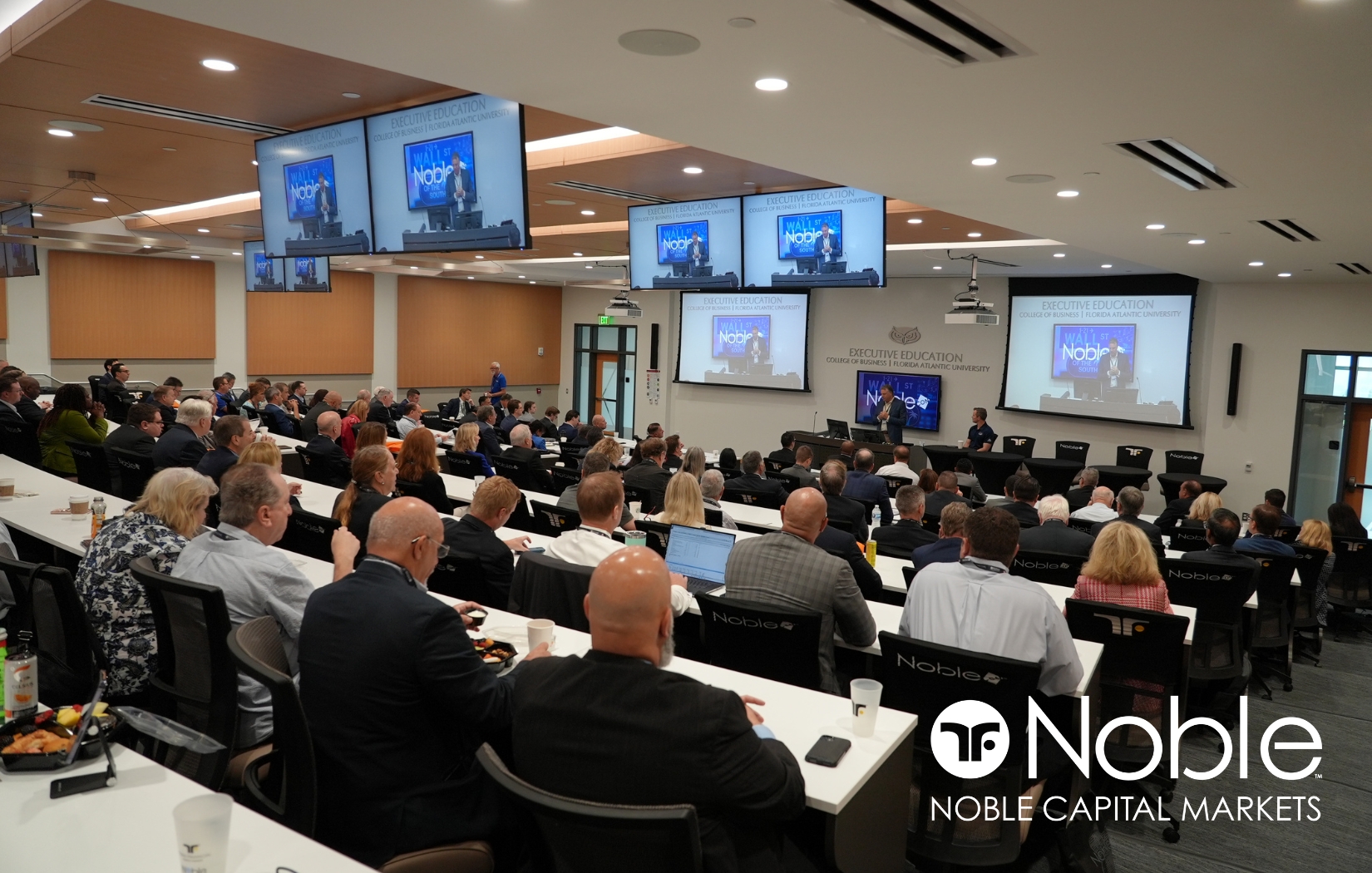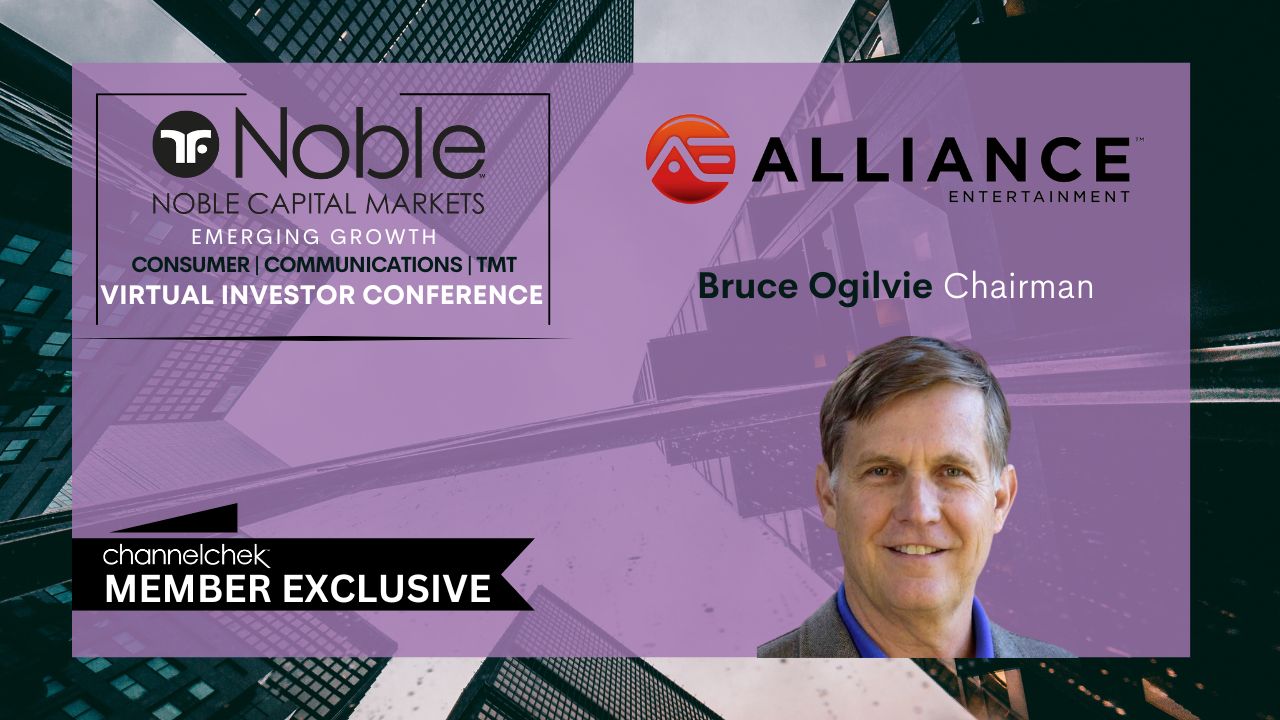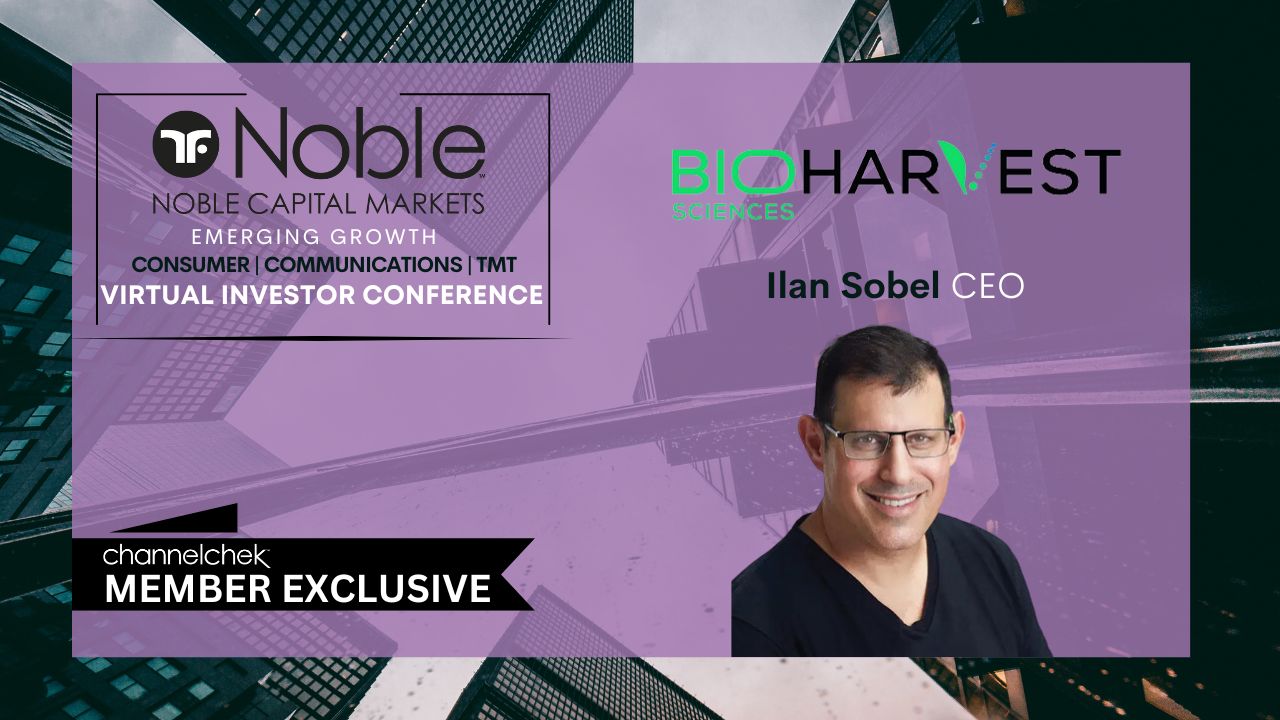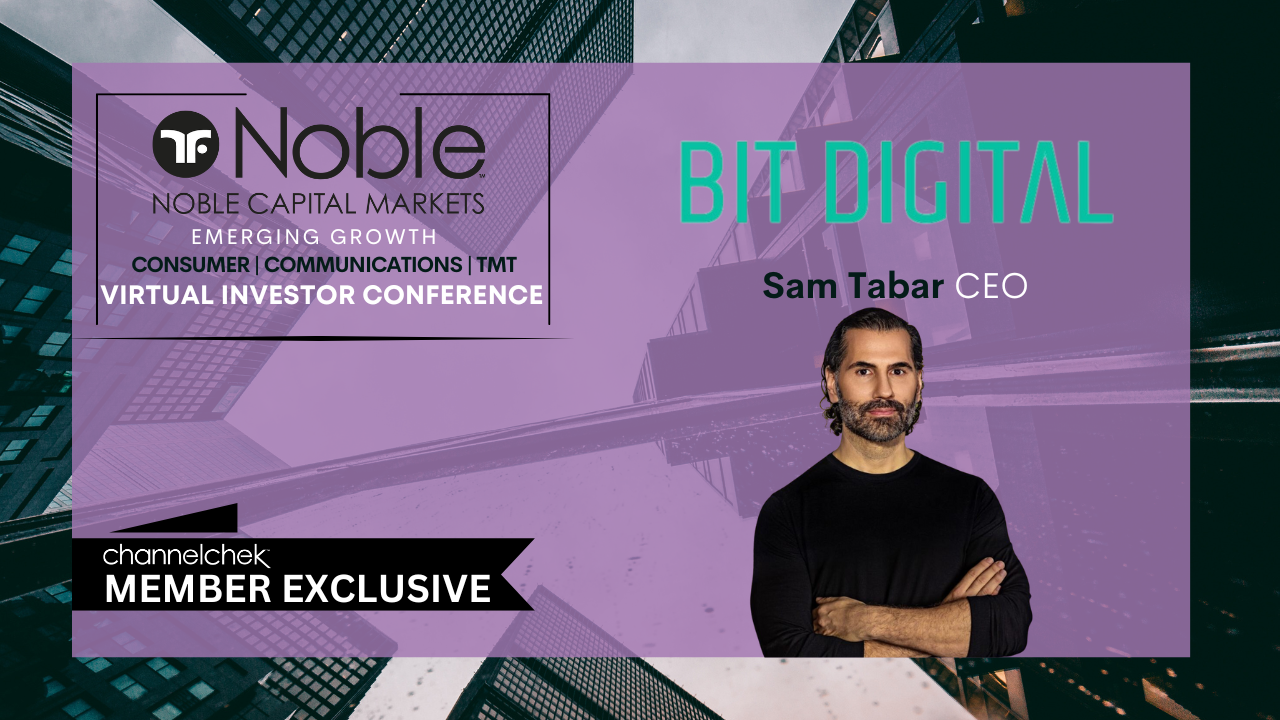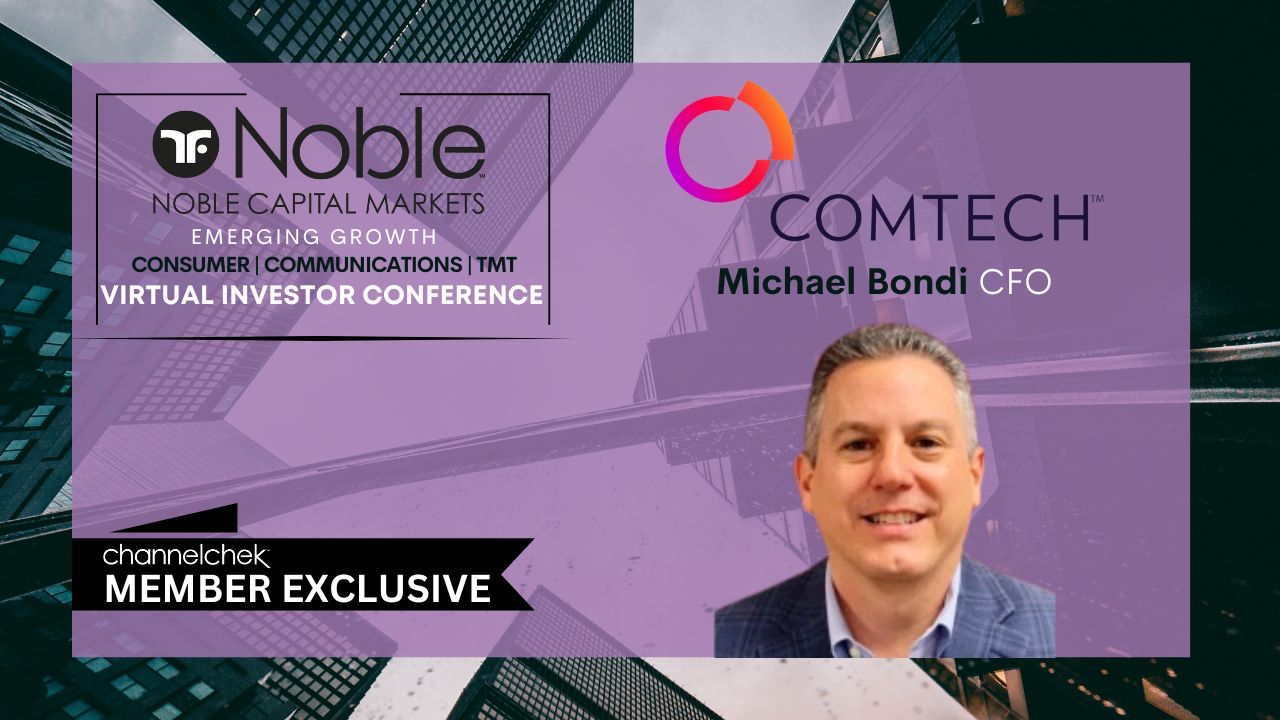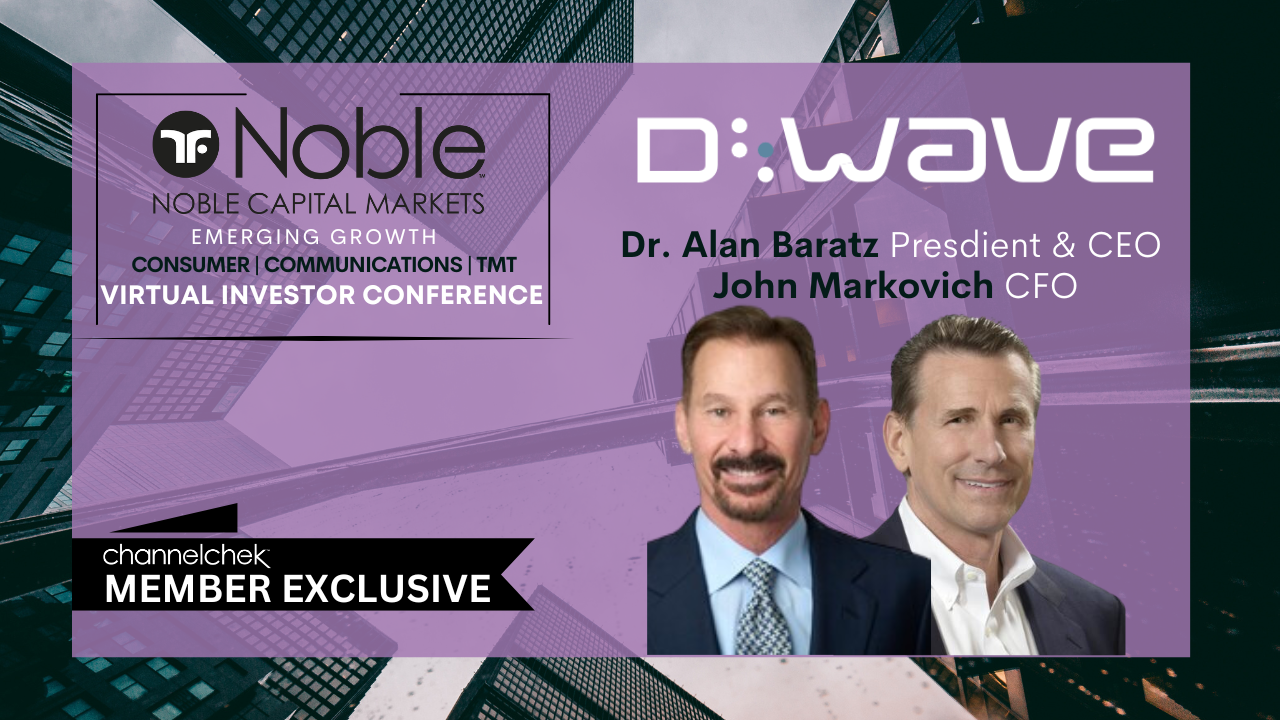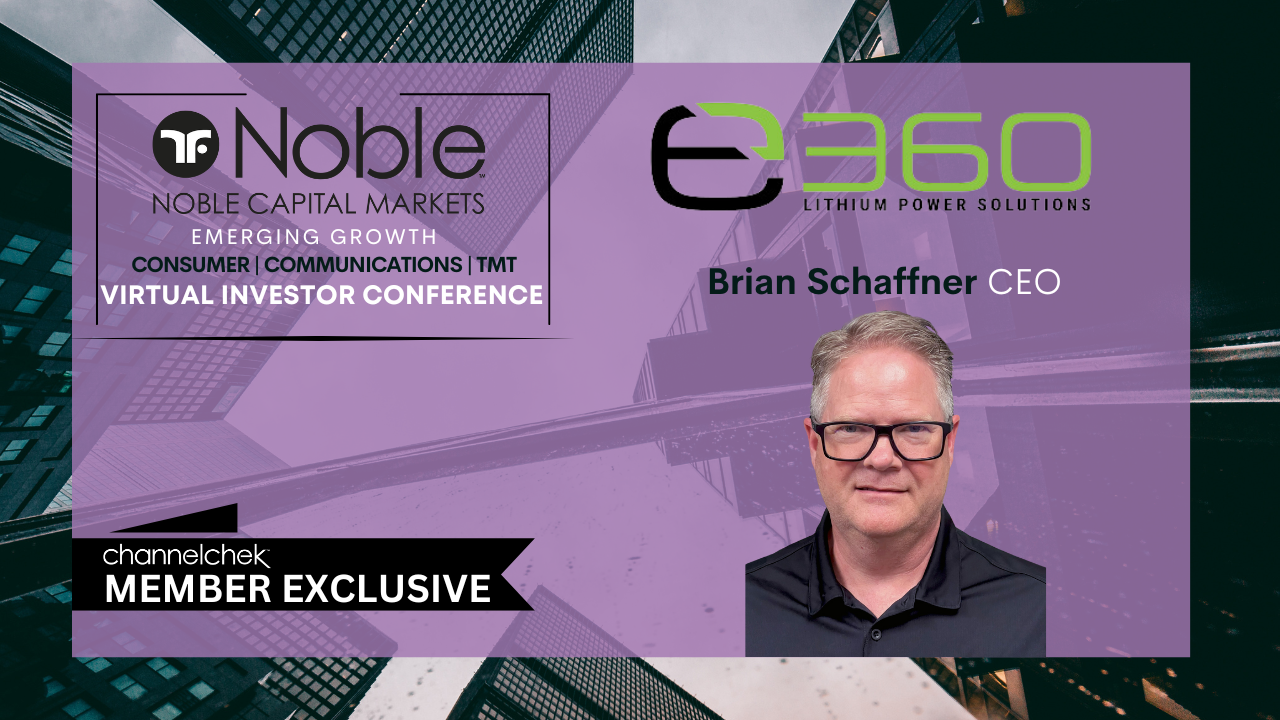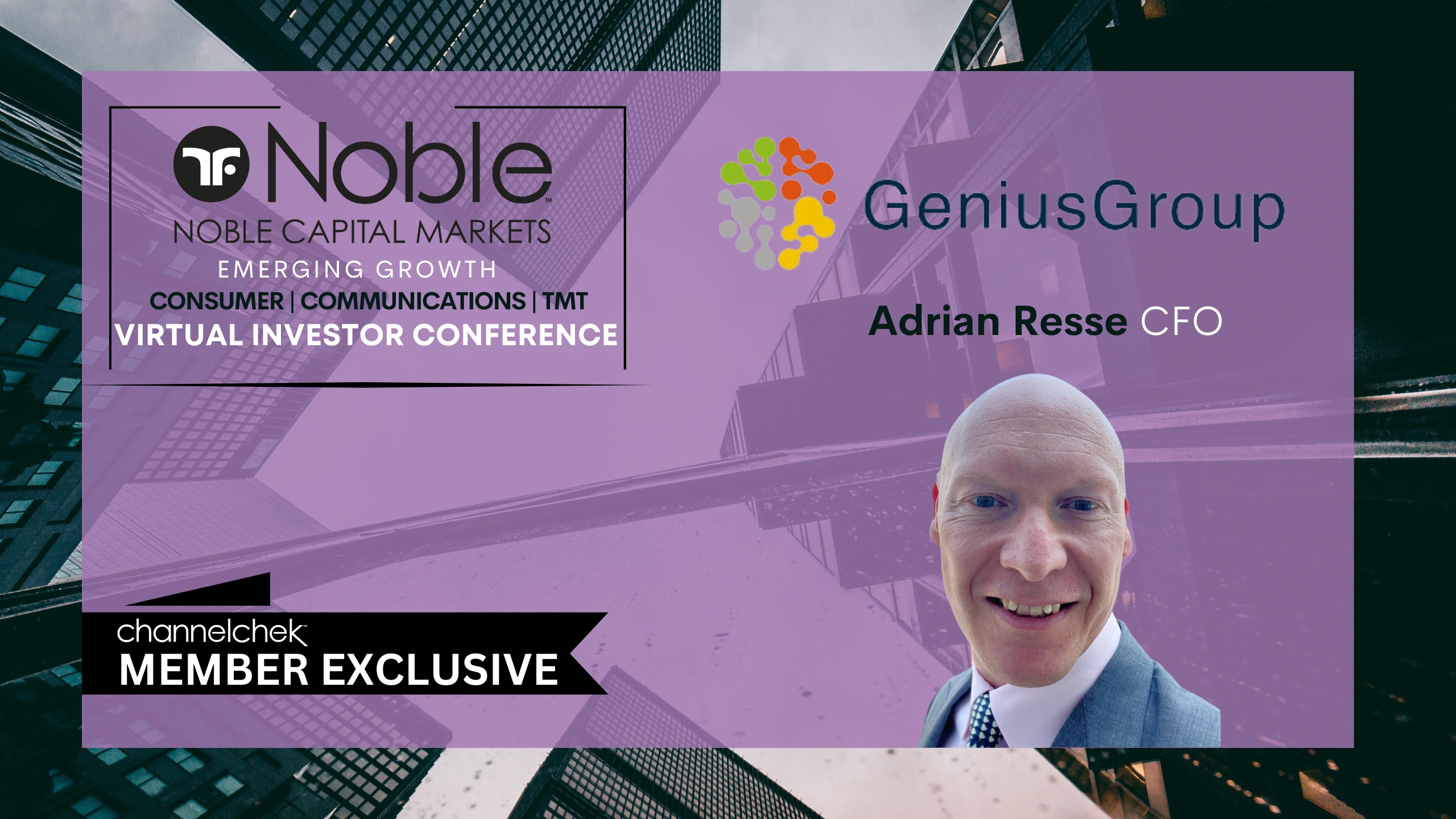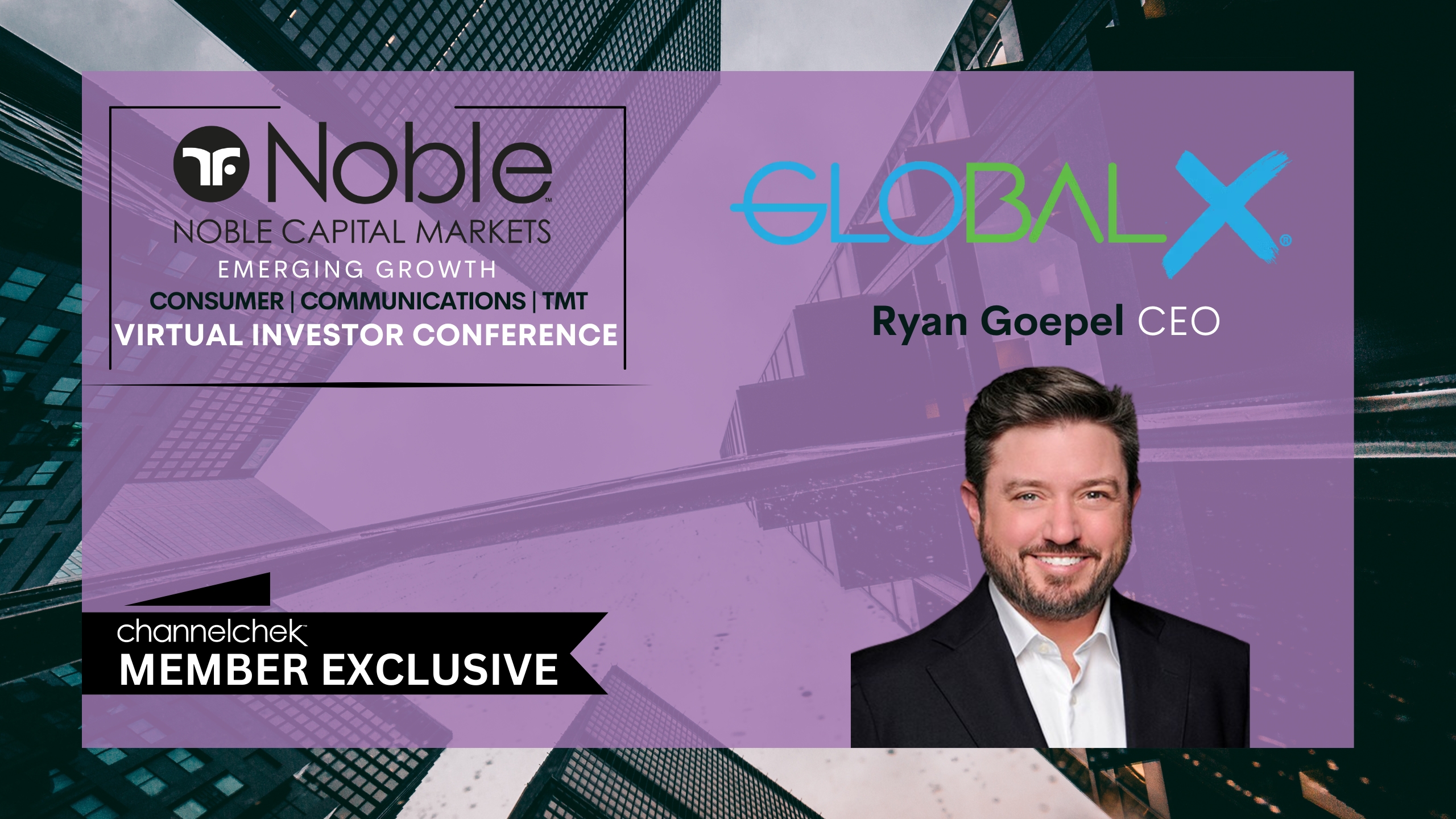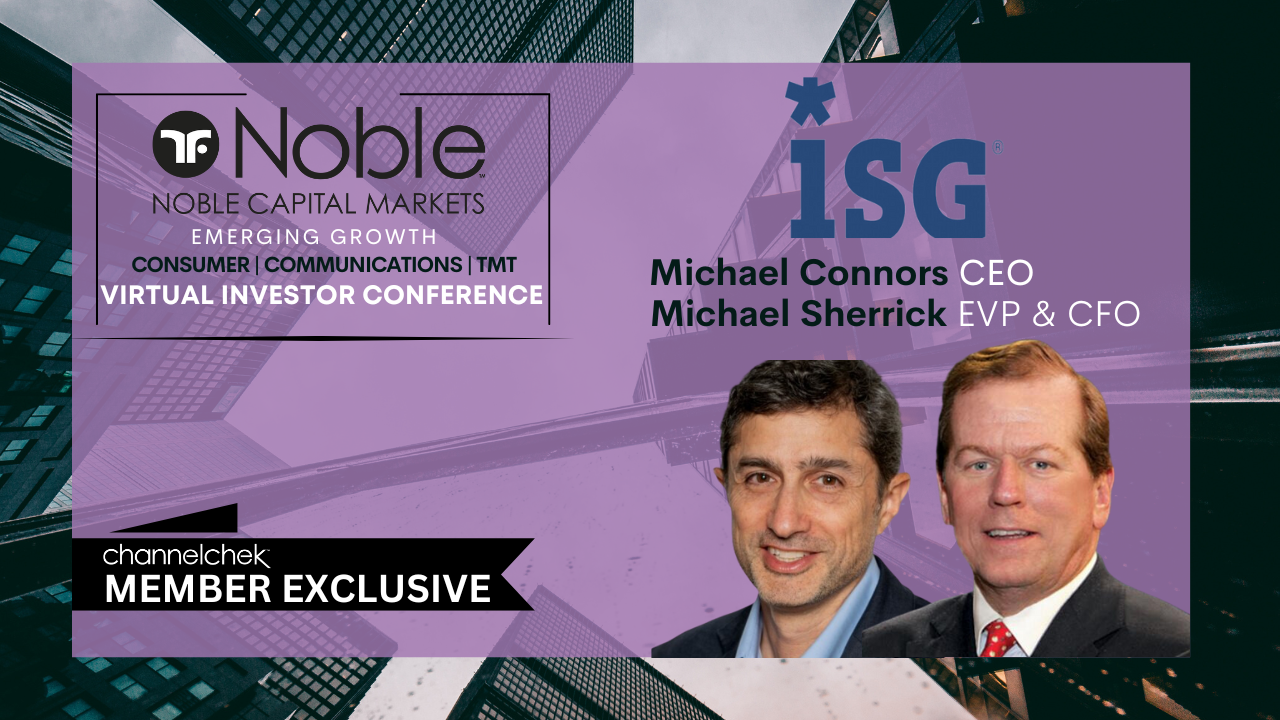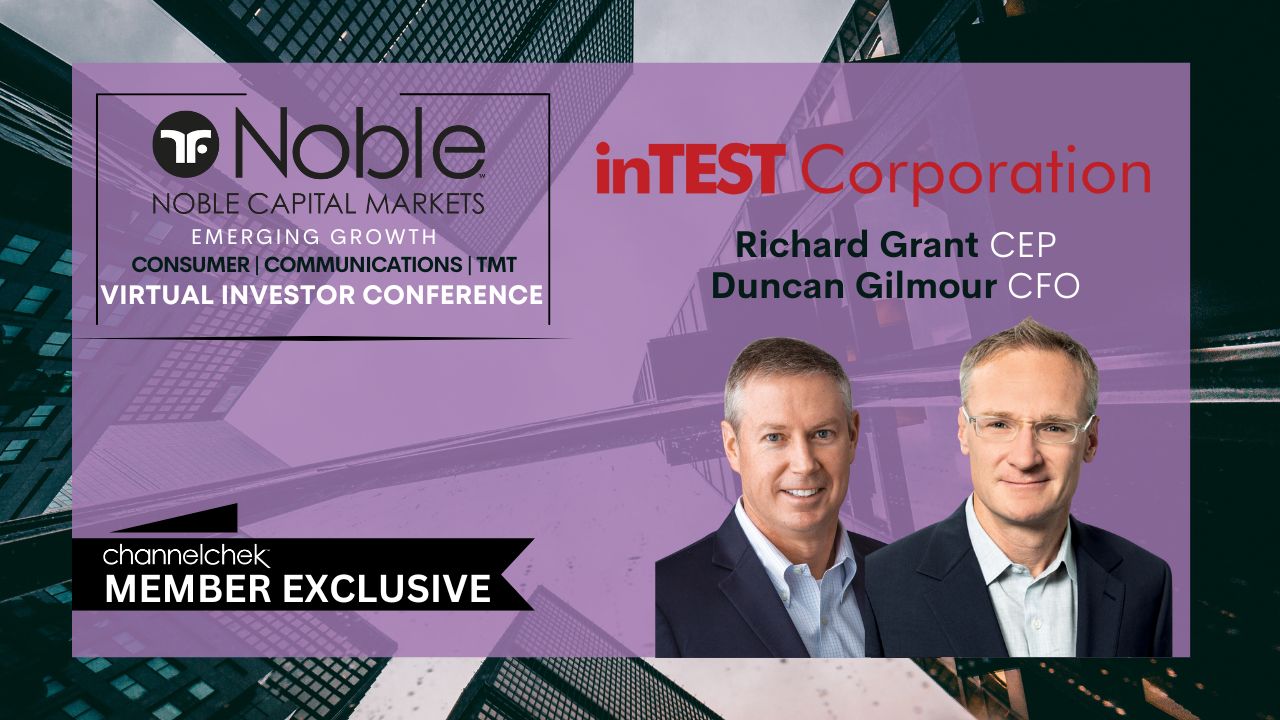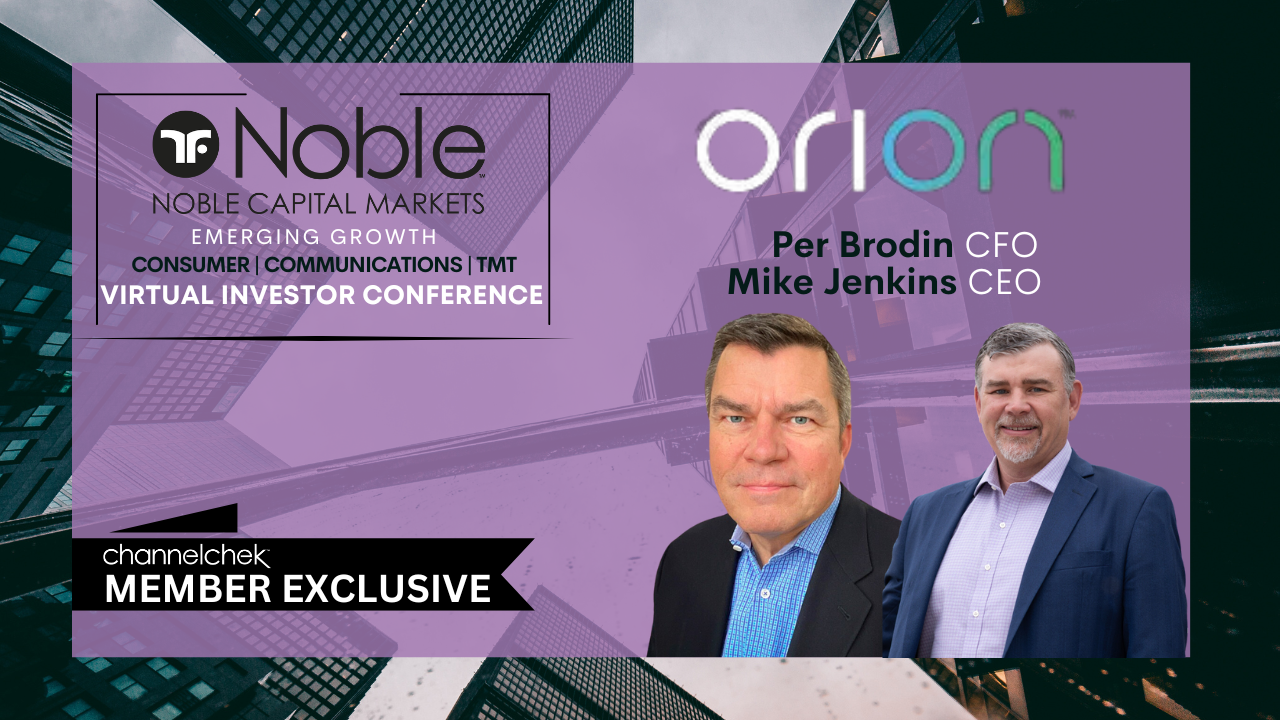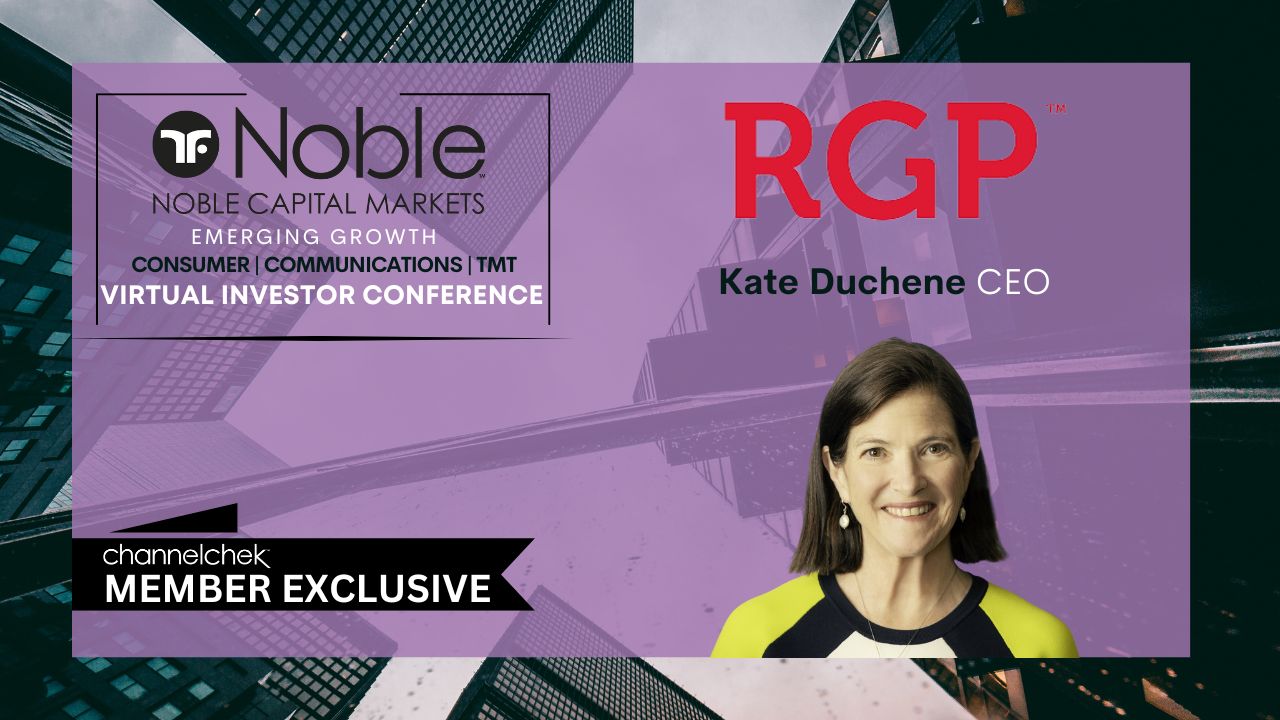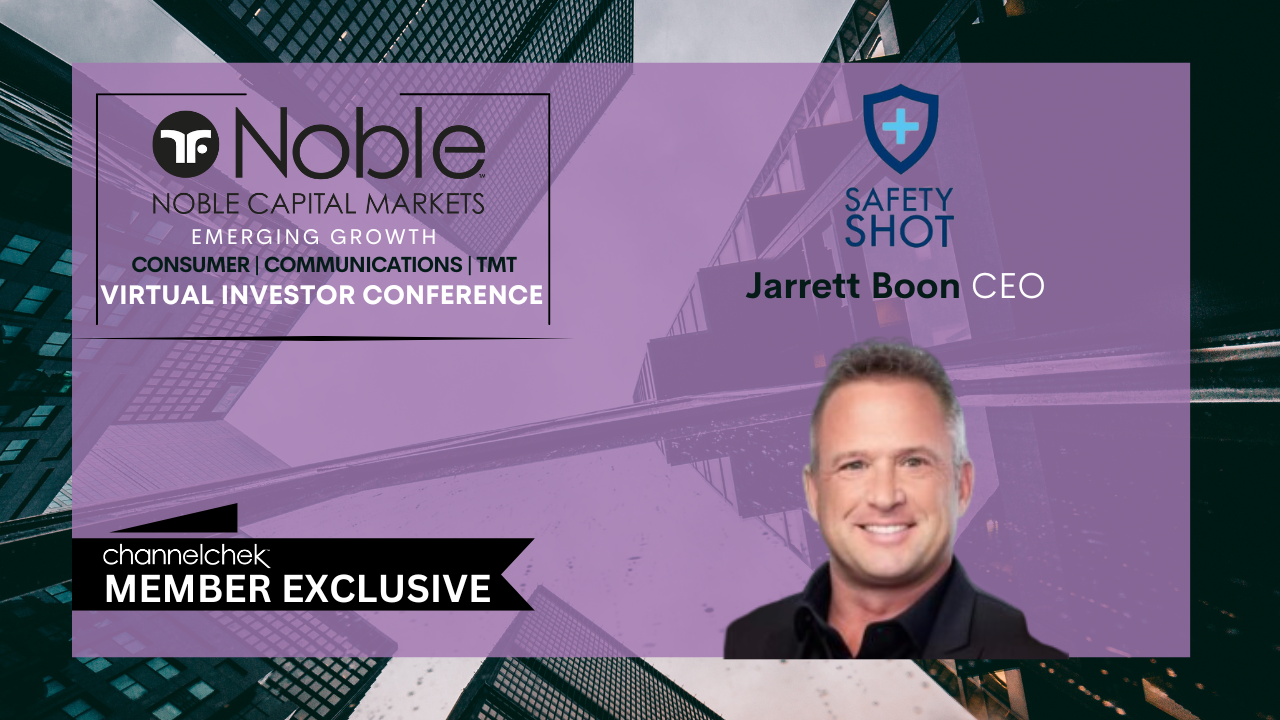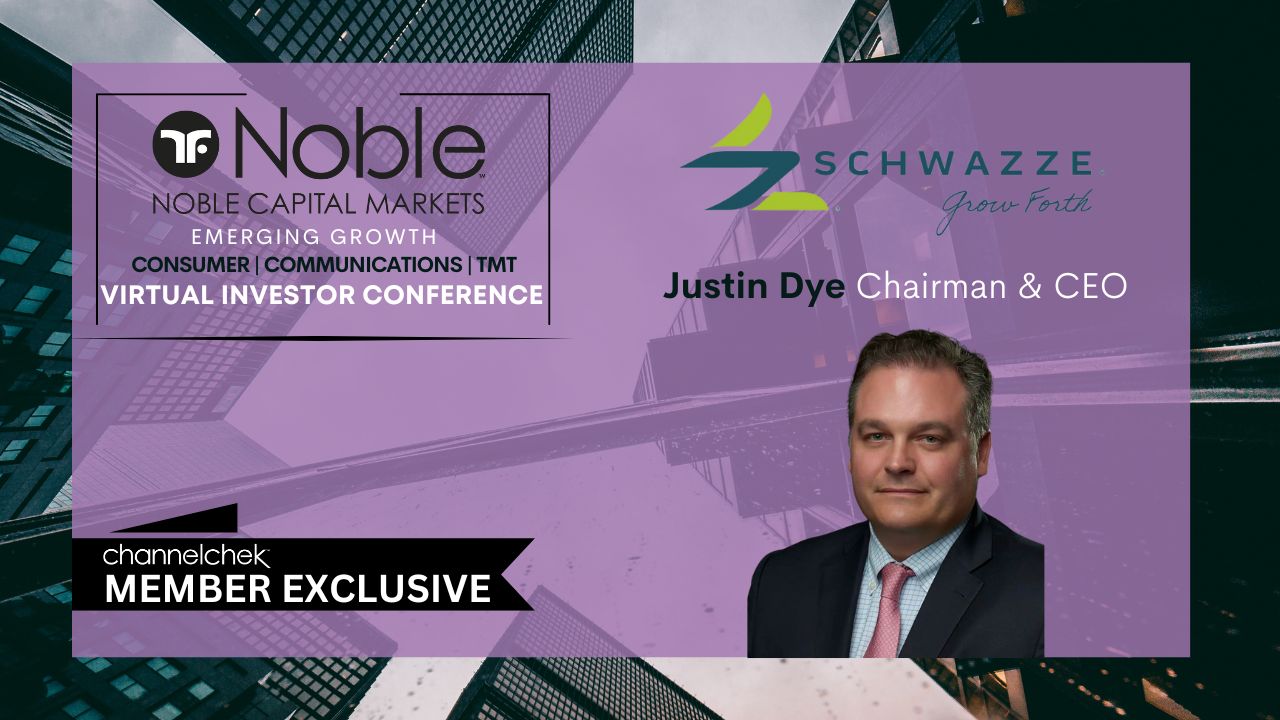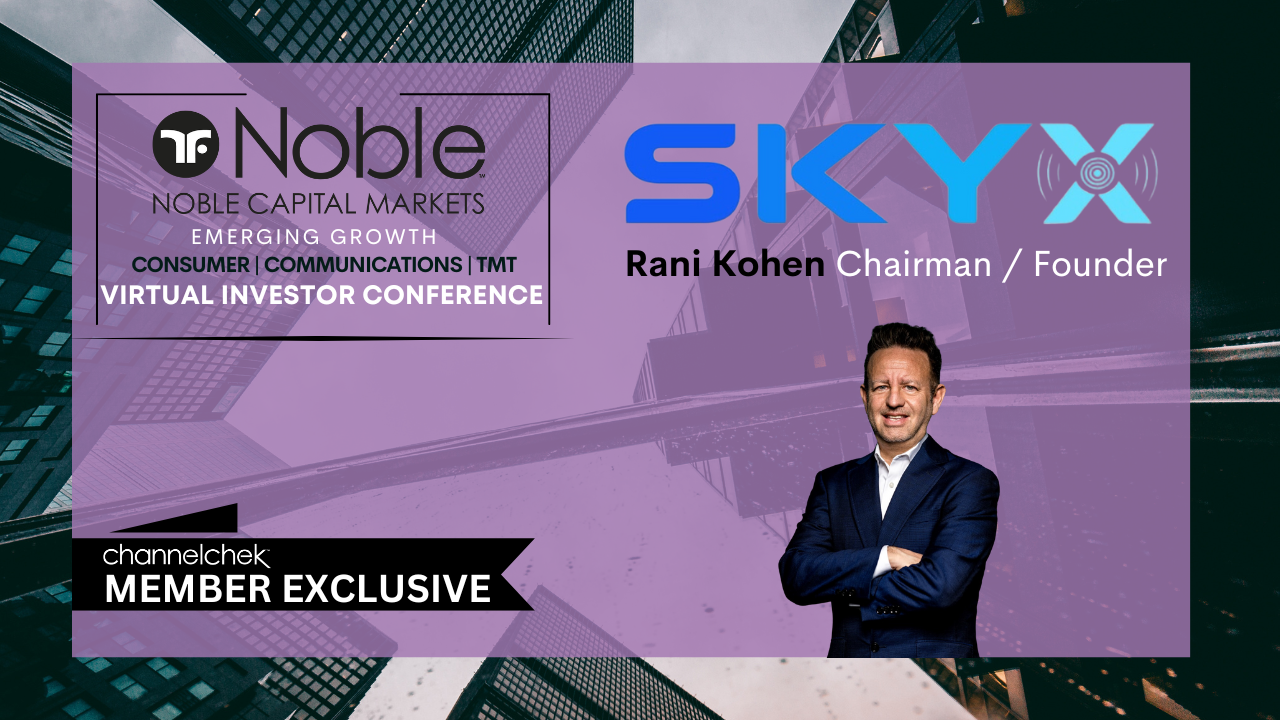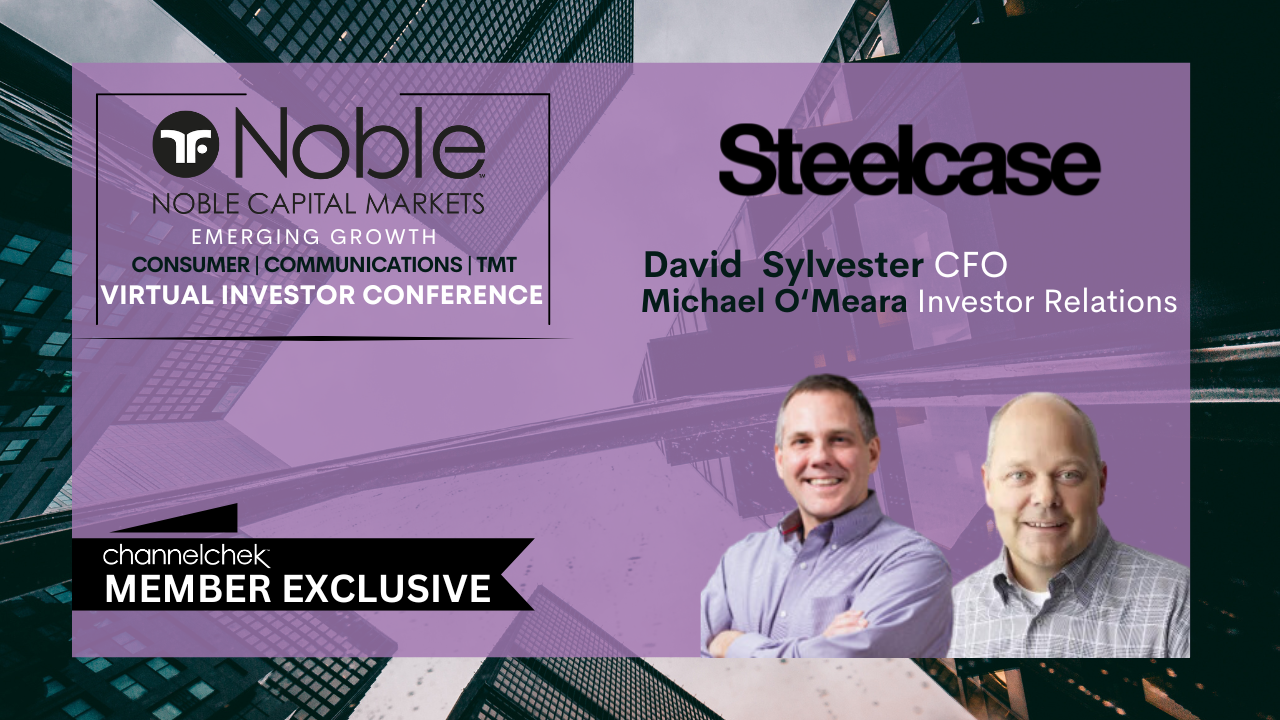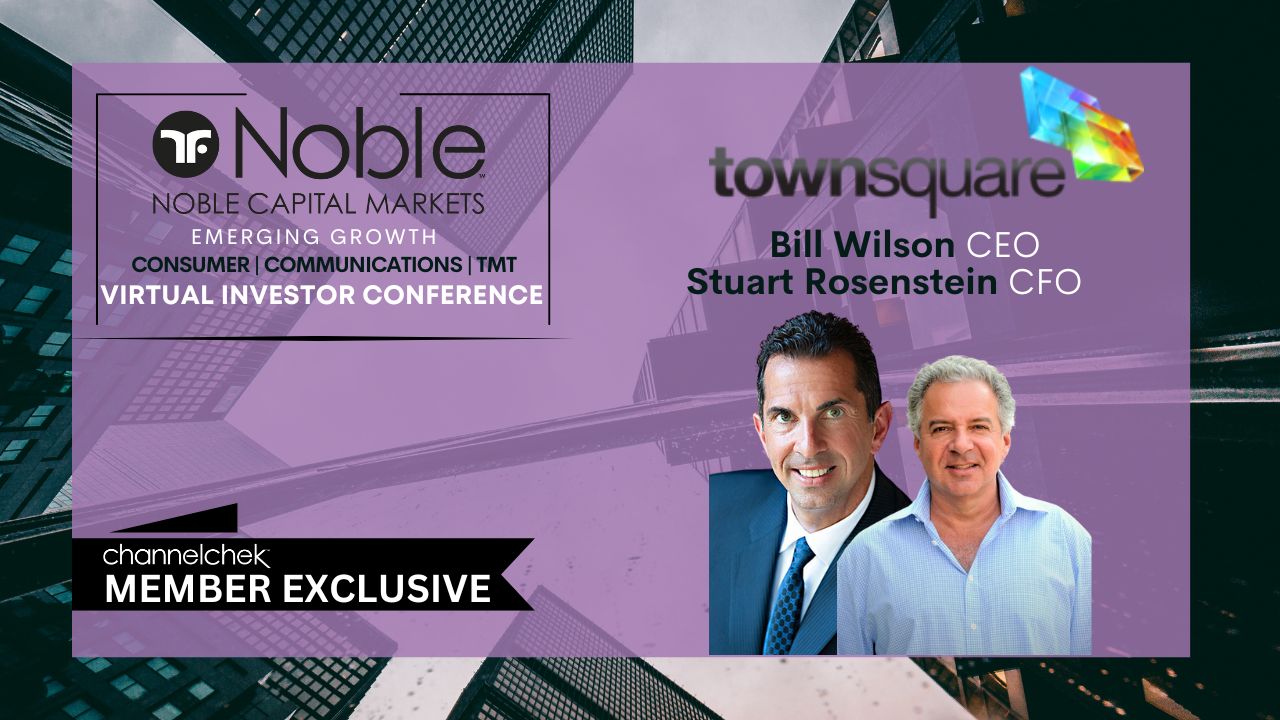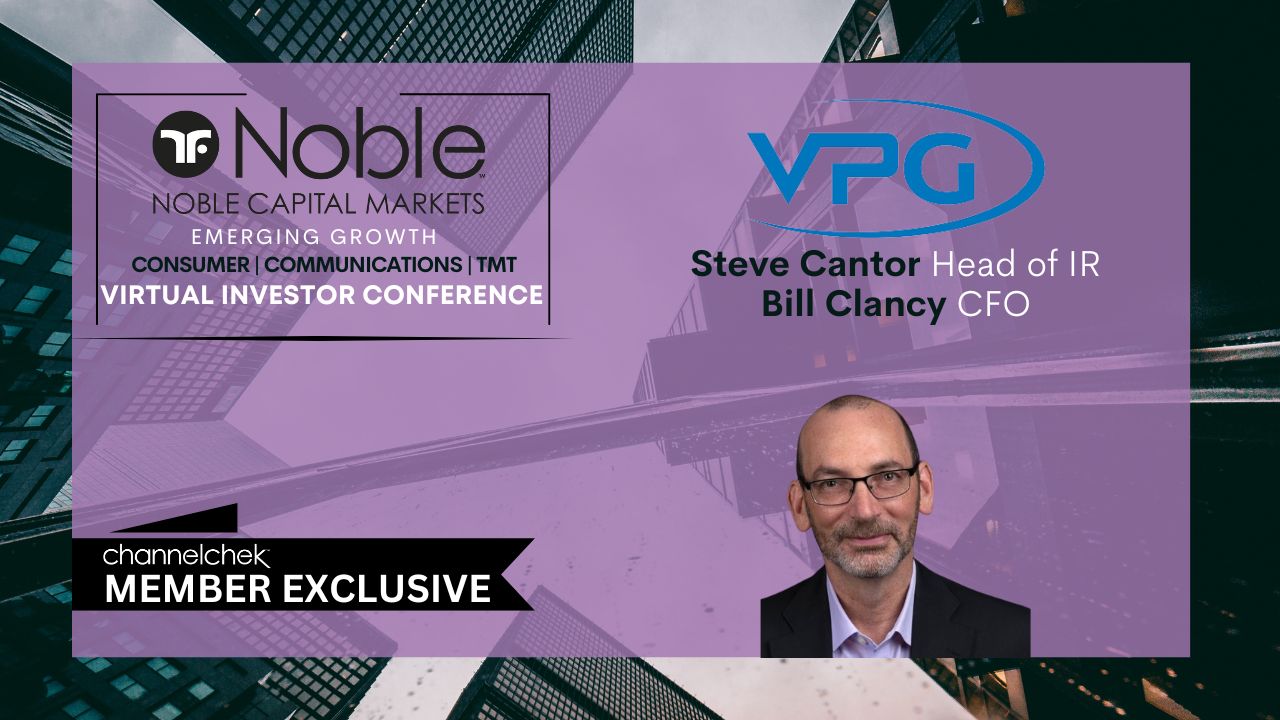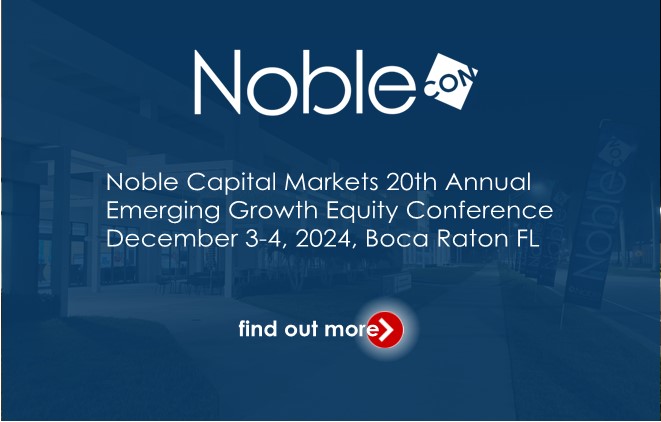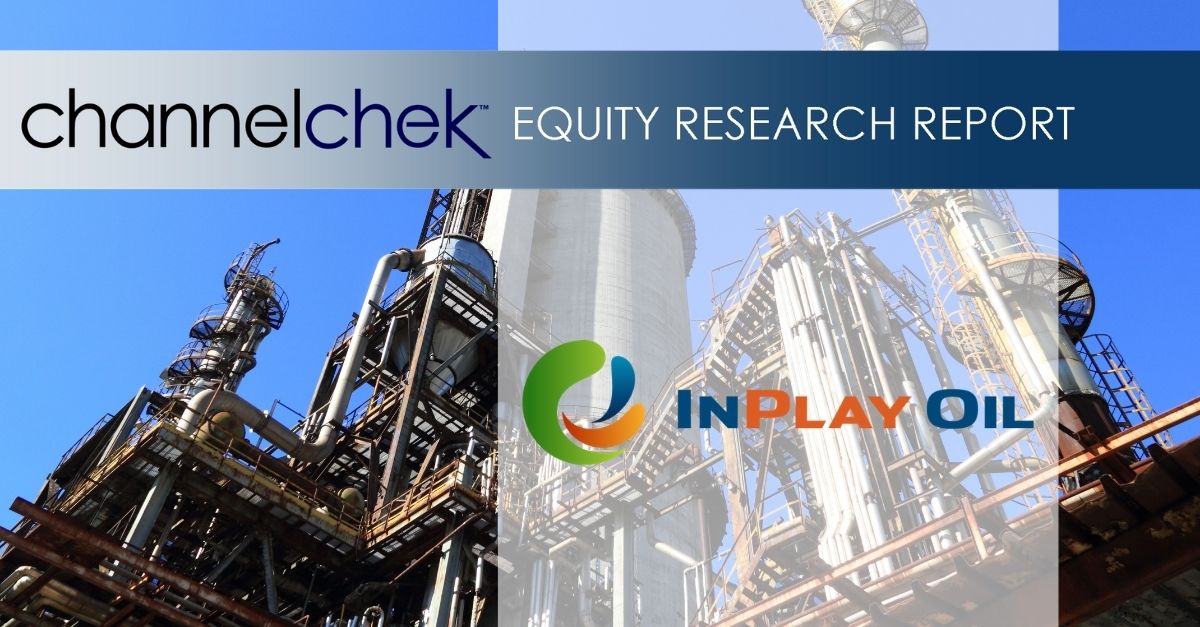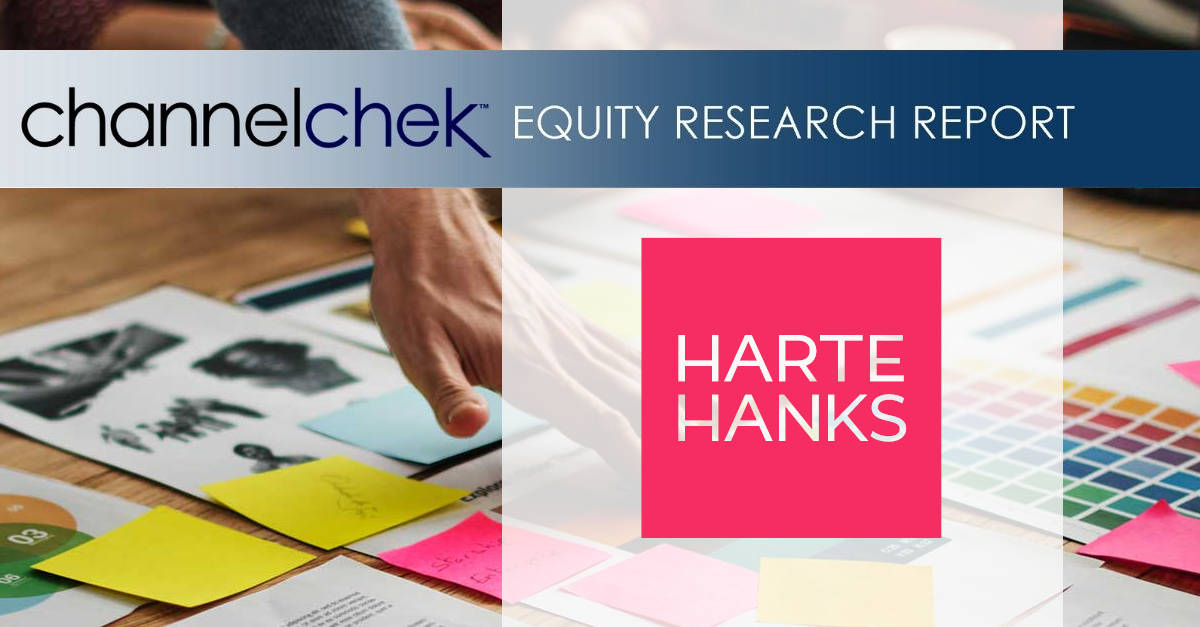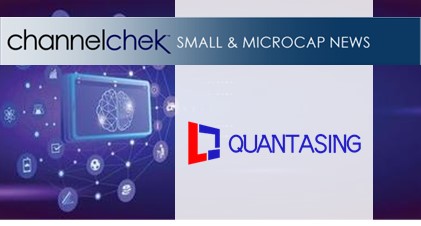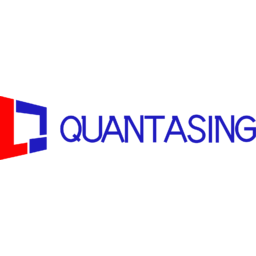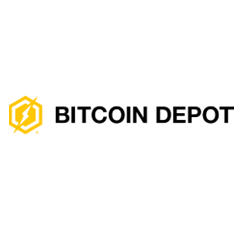Research News and Market Data on BTM
Partnership to Result in 66 New Bitcoin Depot Kiosk Locations Across Midwest
ATLANTA, April 17, 2024 (GLOBE NEWSWIRE) — Bitcoin Depot (NASDAQ: BTM), a U.S.-based Bitcoin ATM (“BTM”) operator and leading fintech company, today announced its retail partnership with Fareway Stores Inc. (“Fareway”), a growing Midwest grocery company currently operating more than 130 grocery store locations across the Midwestern US.
Bitcoin Dept plans to deploy BTMs in 66 Fareway locations starting in Q2 of 2024, throughout Iowa, Illinois, Minnesota, Nebraska, South Dakota, Kansas, and Missouri.
“We’re thrilled to work with a growing grocery store brand like Fareway as we continue our own expansion efforts in 2024, reinforcing our commitment to providing easy and convenient crypto access to new and returning users,” said Brandon Mintz, CEO of Bitcoin Depot. “Our technology has a proven track record of success across our portfolio of retail partners, and I believe our customer-first approach aligns perfectly with Fareway’s ethos. We anticipate a mutually beneficial partnership that enhances the cash to Bitcoin experience for Fareway customers.”
Bitcoin Depot’s products and services provide an intuitive, quick, and convenient process for converting cash into Bitcoin. This allows users to access the broader digital financial system, including using Bitcoin to make payments, transfers, remittances, online purchases, and investments.
“At Fareway, we are dedicated to enhancing the shopping experience for our customers by offering innovative solutions and services,” said Scot Kinne, Vice President of Banking, Payments and Investments at Fareway Stores. “Partnering with Bitcoin Depot allows us to further enrich our offerings and meet the evolving needs of our communities. We look forward to introducing Bitcoin Depot’s BTMs to our customers and continuing to provide exceptional service across our stores.”
This news builds upon Bitcoin Depot’s recent operational momentum and significant growth milestones following its recent expansions into Australia and Puerto Rico. In April 2024, the Company surpassed its goal of deploying 8,000 Bitcoin ATMs. With these achievements, Bitcoin Depot now retains the largest installed fleet of BTMs in its history, solidifying its position as the leading BTM operator in North America.
About Bitcoin Depot
Bitcoin Depot Inc. (Nasdaq: BTM) was founded in 2016 with the mission to connect those who prefer to use cash to the broader, digital financial system. Bitcoin Depot provides its users with simple, efficient and intuitive means of converting cash into Bitcoin, which users can deploy in the payments, spending and investing space. Users can convert cash to Bitcoin at Bitcoin Depot kiosks in 48 states and at thousands of name-brand retail locations in 29 states through its BDCheckout product. The Company has the largest market share in North America with approximately 7,400 kiosk locations as of April 1, 2024. Learn more at www.bitcoindepot.com.
About Fareway Stores
Fareway Stores, Inc. is a growing Midwest grocery company currently operating more than 130 grocery store locations in Iowa, Illinois, Kansas, Minnesota, Missouri, Nebraska, and South Dakota. Fareway holds family values in the highest regard, demonstrating integrity, fairness, and honesty in relationships with customers, employees, vendors, and suppliers.
Cautionary Note Regarding Forward-Looking Statements
This press release and any oral statements made in connection herewith include “forward-looking statements” within the meaning of Section 27A of the Securities Act of 1933, as amended, and Section 21E of the Exchange Act. Forward-looking statements are any statements other than statements of historical fact, and include, but are not limited to, statements regarding the expectations of plans, business strategies, objectives and growth and anticipated financial and operational performance, including our growth strategy and ability to increase deployment of our products and services, the anticipated effects of the Amendment, and the closing of the Preferred Sale. These forward-looking statements are based on management’s current beliefs, based on currently available information, as to the outcome and timing of future events. Forward-looking statements are often identified by words such as “anticipate,” “appears,” “approximately,” “believe,” “continue,” “could,” “designed,” “effect,” “estimate,” “evaluate,” “expect,” “forecast,” “goal,” “initiative,” “intend,” “may,” “objective,” “outlook,” “plan,” “potential,” “priorities,” “project,” “pursue,” “seek,” “should,” “target,” “when,” “will,” “would,” or the negative of any of those words or similar expressions that predict or indicate future events or trends or that are not statements of historical matters, although not all forward-looking statements contain such identifying words. In making these statements, we rely upon assumptions and analysis based on our experience and perception of historical trends, current conditions, and expected future developments, as well as other factors we consider appropriate under the circumstances. We believe these judgments are reasonable, but these statements are not guarantees of any future events or financial results. These forward-looking statements are provided for illustrative purposes only and are not intended to serve as, and must not be relied on by any investor as, a guarantee, an assurance, a prediction or a definitive statement of fact or probability. Actual events and circumstances are difficult or impossible to predict and will differ from assumptions. Many actual events and circumstances are beyond our control.
These forward-looking statements are subject to a number of risks and uncertainties, including changes in domestic and foreign business, market, financial, political and legal conditions; failure to realize the anticipated benefits of the business combination; future global, regional or local economic and market conditions; the development, effects and enforcement of laws and regulations; our ability to manage future growth; our ability to develop new products and services, bring them to market in a timely manner and make enhancements to our platform; the effects of competition on our future business; our ability to issue equity or equity-linked securities; the outcome of any potential litigation, government and regulatory proceedings, investigations and inquiries; and those factors described or referenced in filings with the Securities and Exchange Commission. If any of these risks materialize or our assumptions prove incorrect, actual results could differ materially from the results implied by these forward-looking statements. There may be additional risks that we do not presently know or that we currently believe are immaterial that could also cause actual results to differ from those contained in the forward-looking statements. In addition, forward-looking statements reflect our expectations, plans or forecasts of future events and views as of the date of this press release. We anticipate that subsequent events and developments will cause our assessments to change.
We caution readers not to place undue reliance on forward-looking statements. Forward-looking statements speak only as of the date they are made, and we undertake no obligation to update publicly or otherwise revise any forward-looking statements, whether as a result of new information, future events, or other factors that affect the subject of these statements, except where we are expressly required to do so by law. All written and oral forward-looking statements attributable to us are expressly qualified in their entirety by this cautionary statement.
Contacts:
Investors
Cody Slach, Alex Kovtun
Gateway Group, Inc.
949-574-3860
BTM@gateway-grp.com
Media
Christina Lockwood, Brenlyn Motlagh, Ryan Deloney
Gateway Group, Inc.
949-574-3860
BTM@gateway-grp.com
